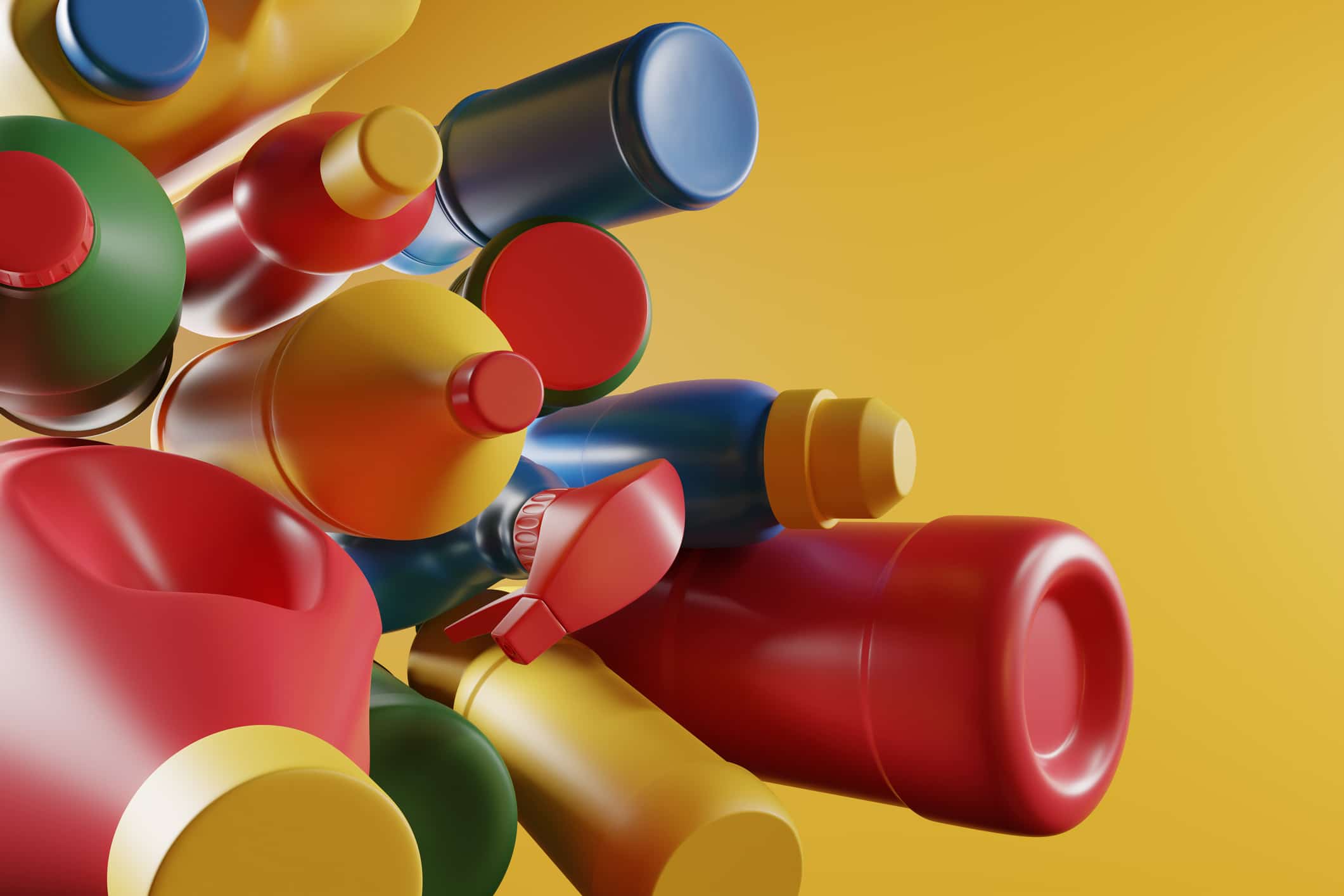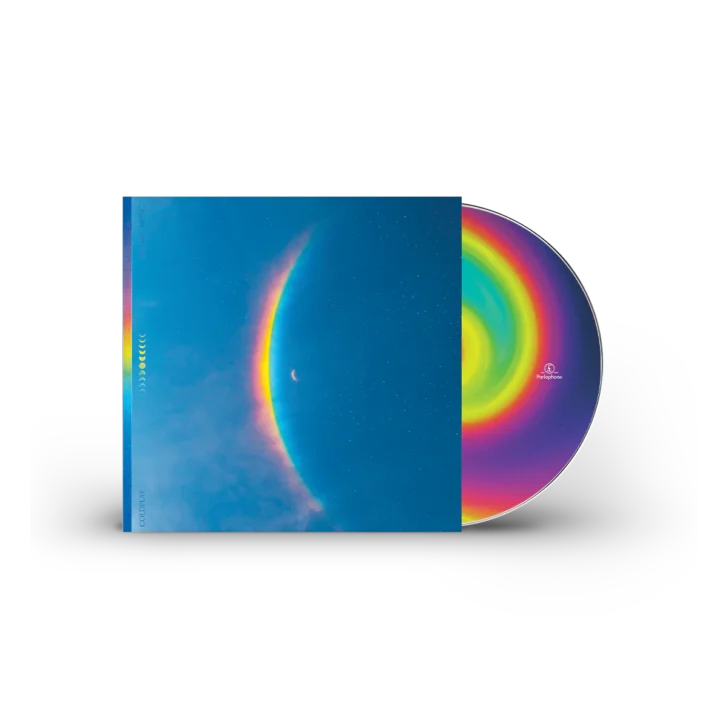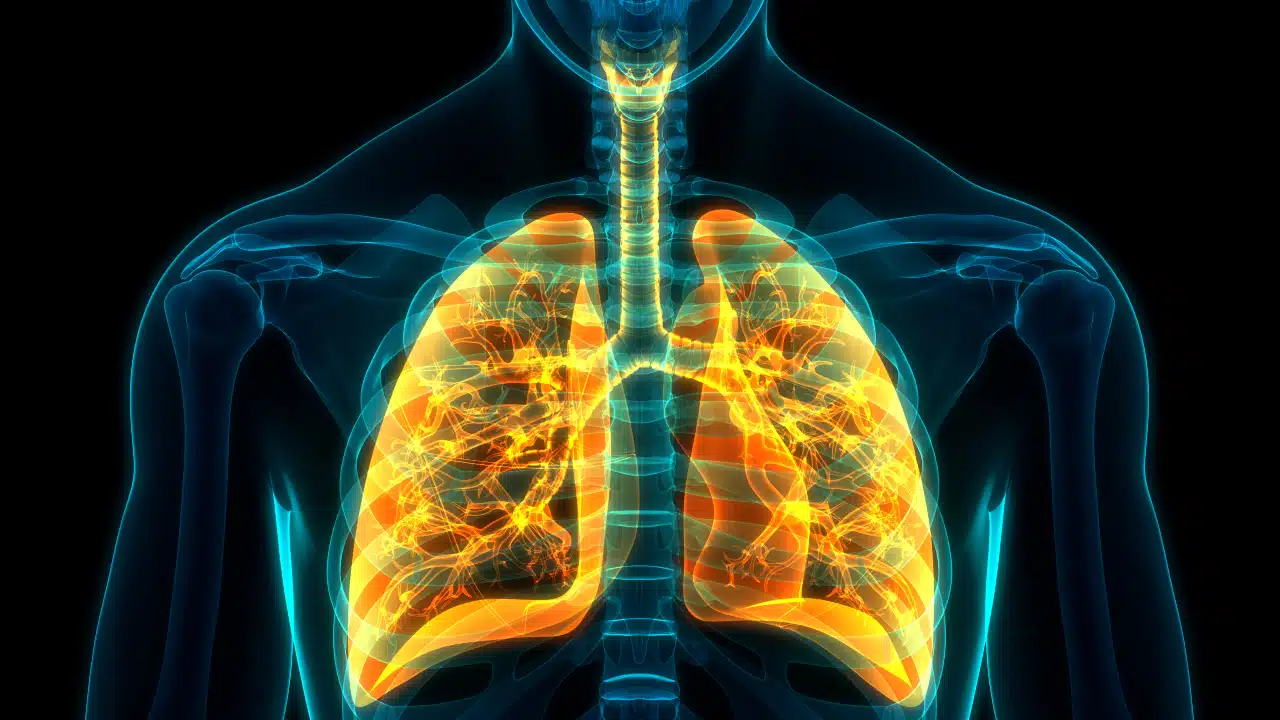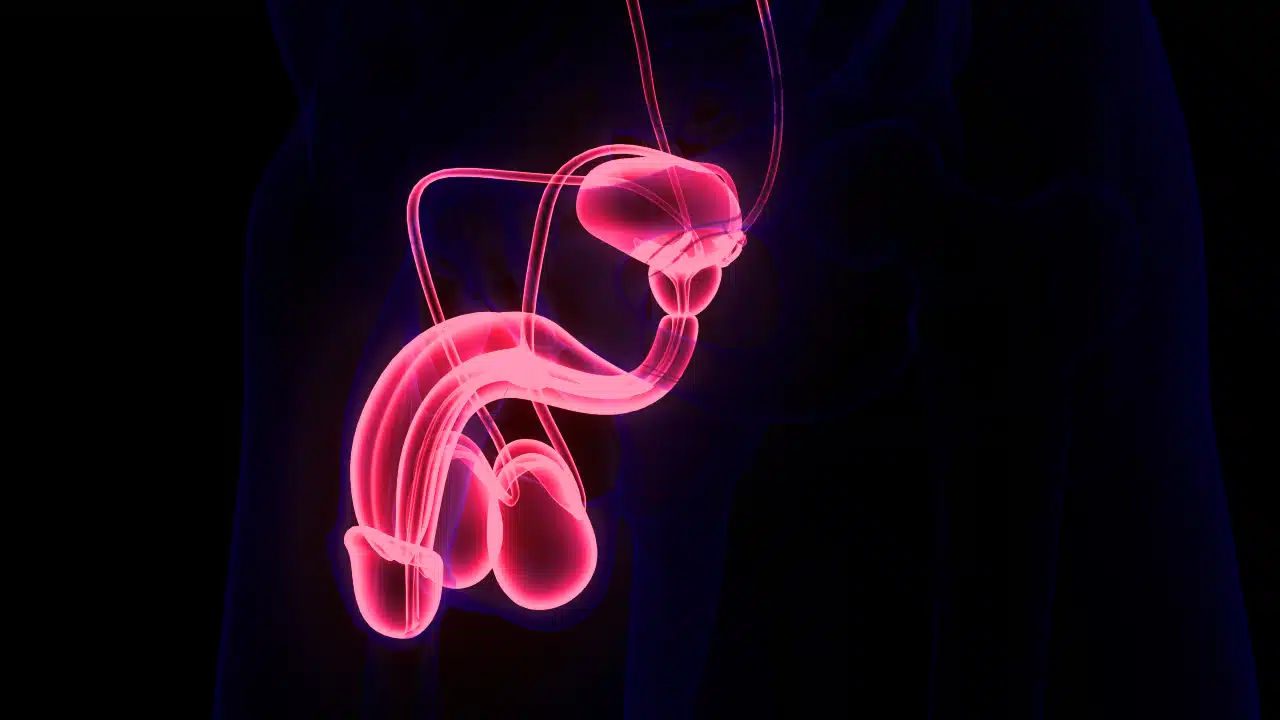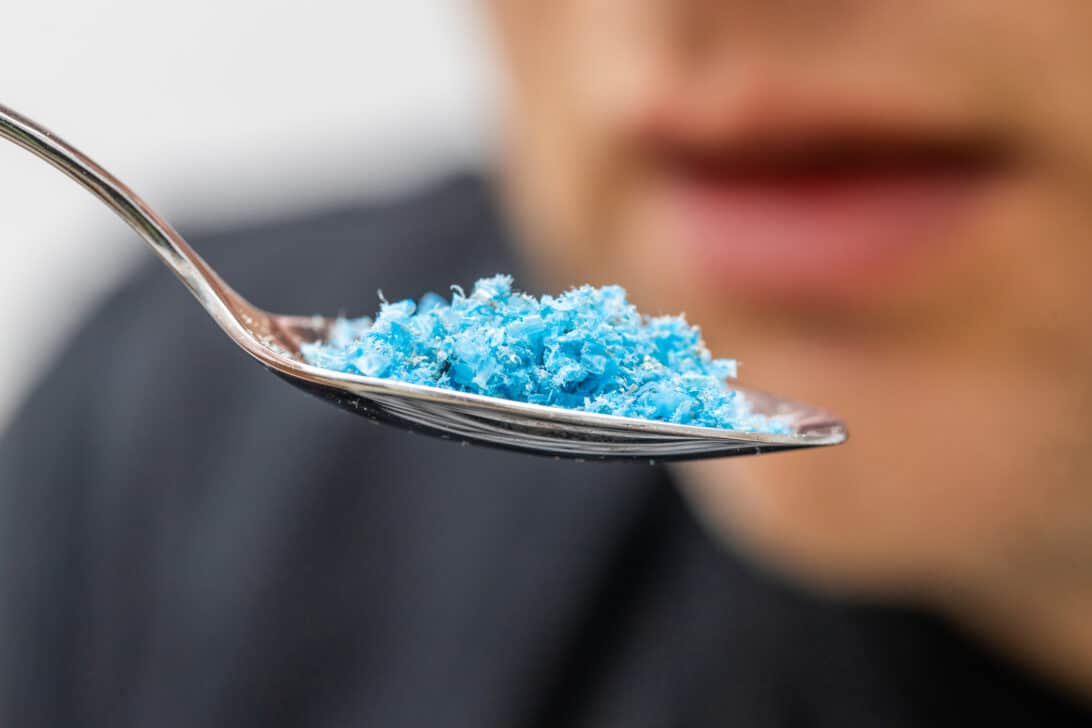A study led by the University of Leicester has found that brightly coloured plastics decompose into microplastic particles more quickly than plainer colours. Over a three-year period, red, blue, and green plastics became “very brittle and fragmented” under ultraviolet (UV) radiation, whereas black, white, and silver plastics were largely unaffected.
Researchers from the UK and the University of Cape Town in South Africa collaborated on the study.
In the UK, bottle lids of various colours were placed on a university building roof, exposing them to the sun and elements for three years.
Concurrently, plastic items found on a remote South African beach were studied.
Both experiments produced similar results, indicating that plastics of the same composition degrade at different rates depending on their colour.
The study, published in the journal Environmental Pollution, marks the first proof that coloured plastics fragment into microplastics more readily than plainer ones. This finding suggests that retailers and manufacturers should reconsider using brightly coloured plastics for products commonly exposed to sunlight, such as outdoor furniture and drinks bottles.
Experts have also linked the fragmentation of plastics into microplastics to increased environmental pollution. This issue has gained significant attention, with microplastics recently being detected in human testicles and potentially linked to declining sperm counts.
Dr. Sarah Key, who led the project, highlighted the significant differences in microplastic formation within a relatively short period in diverse environments. The findings emphasize the need for manufacturers to consider colour’s impact on product longevity and recyclability.
Adam Herriott, from the anti-waste charity Wrap, echoed these sentiments, stressing that avoiding bright colours could facilitate recycling and reduce environmental impact, especially for high-litter items like food packaging.
Dr Key said: “It’s amazing that samples left to weather on a rooftop in Leicester in the UK and those collected on a windswept beach at the southern tip of the African continent show similar results.
“What the experiments showed is that even in a relatively cool and cloudy environment for only three years, huge differences can be seen in the formation of microplastics. Colourful plastics, such as red and green, degrade and form microplastics pretty quickly. When you look at more plain colours, such as black and white, they’re actually quite stable and remain intact.
“Next time you clean up some plastic litter, take note of the colour and think about how soon it would have otherwise broken down. Whatever the colour, always check the packaging for details of how to recycle plastic packaging.”
Subscribe
Sign-up to receive our newsletter
